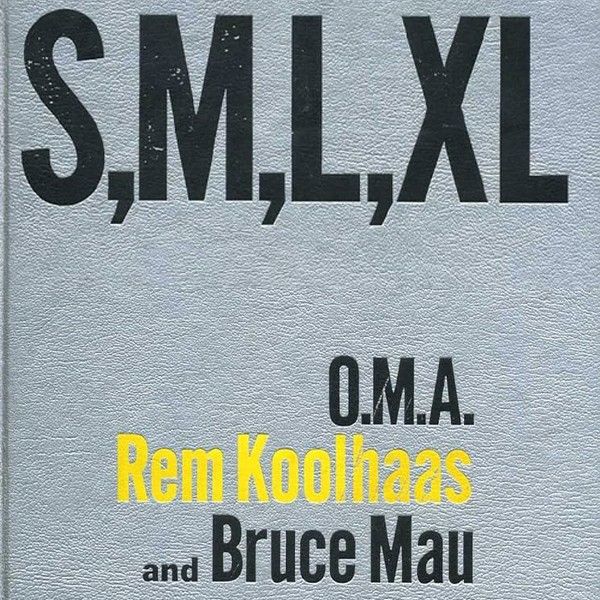Architecture in Waste(ing) Out
Toxic – from medieval Latin toxicus “poisoned”, from Latin toxicum “poison”, from Greek toxikon (pharmakon) “(poison for) arrows”, from toxon ”bow”
Waste – from latin term vastus “unwanted” or “unusable material”, “substances”, or “by-products”, “poisonous chemical compounds”
Garbology – garb(age) + -ology (as in geology), the study of modern culture through the analysis of what is thrown away as waste and toxic
Source: Oxford Languages Dictionary



Throughout the world, industrial facilities and structures release 310 kg of toxic waste into the earth, air and water each and every second. That equals to approximately 10 million tons of toxic waste currently exist on Earth surface, inside water bodies and in the air which we breathe, drink and diffuse into the human skin. It is estimated that 2 million tons of this toxic waste is carcinogenic and it means the release of 65 kg of toxic waste each and every second.1 While insanitary factory farming and production facilities play a leading role in releasing toxic waste, other tertiary production facilities, administrative buildings, weapon and pharmaceutical industries with all other projects that do not care about social, cultural and environmental responsibilities also contribute to this earth-threatening condition. The world population coupled with rapid urbanization will be approximately 9 billion by 2050 and 80% of this population is foreseen to live in cities. It shows us the problem of toxic waste is an interdisciplinary problem.2 Therefore, our intention is to find a solution to this problematic situation with an interdisciplinary approach. One of the most substantial solutions is to present sustainable and ecological approach assisted with strategic waste management system in the foci of qualitative architectural and construction techniques instead of incapable ones. Designing living spaces and production facilities nourished from this perspective represents more habitable interfaces for the future far from building projects that do not consider social, cultural and environmental necessities where buildings solely exist (See BIG, Amager Resource Center, Copenhagen, Denmark; Ábalos Herreros, Recycling Plant for Urban Waste, Madrid, Spain). Facilities that compose toxic waste are responsible for all the processes; from the production of the waste to its collection, its temporary storage to its transportation and, its transportation to the disposal facility. Therefore, it is very important to design qualified architectural facilities, hospitals, hotels, factories, residences, animal farms enriched by innovative construction techniques, so that toxic wastes do not mix with the air, water and soil. Another interesting and absurd point is, as the Pulitzer Prize-winning author Edward Humes highlights in his sensational book “Garbology: Our Dirty Love Affair with Trash”, that the existing toxic waste collection and disposal facilities also produce toxic waste as a result of such processes. When examined, there seems really serious inefficiencies of such facilities in terms of functioning, usage and architectural quality. Our manifesto is, As Hanif Kara, Andreas Georgoulias, Leire Asensio Villoria mentions in their article, that the strong relationship to be founded between architecture and waste management is the missing piece in this equation and architecture behind its aesthetic qualities can endow industrial, environmental and structural qualities to minimize detrimental effects of toxic waste production3 (See Selldorf Architects, Sims Sunset Park Material Recovery Facility, Brooklyn, USA; UNStudio, Waste Disposal Installation, Delft, the Netherlands).
1. http://www.worldometers.info/view/toxchem/#google_vignette
2. | 3. http://www.harvarddesignmagazine.org/issues/40/the-missing-link-architecture-and-waste-management
Image Source; Nicolas Nova & disnovation.org. A Bestiary of The Anthropocene.



